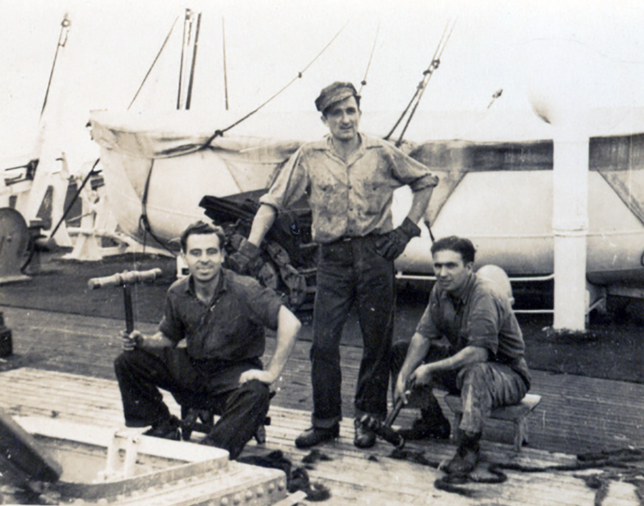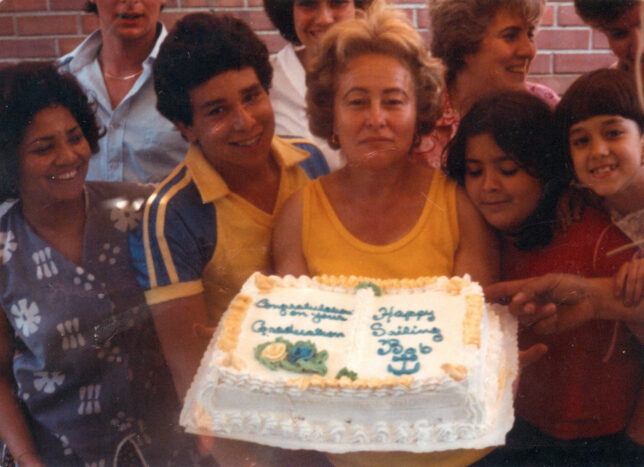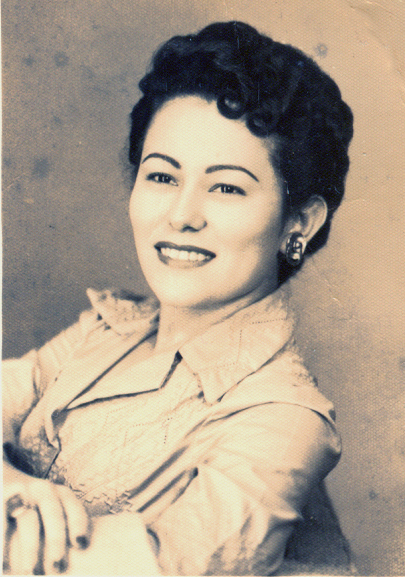
It started with an email from Spain. My cousin Soledad’s daughter, Marta, was working on a school project on expatriates and she needed my help. Her grandfather, who was my Tio Francisco, and my dad, spent parts of the 1940s and 50s working on freighters and merchant ships.
Tio Francisco was a reserved kind of guy who spoke little about those days; unlike my dad, who liked an audience. Growing up, my brother Bob and I heard Dad’s stories many times. He told them from the head of the dinner table — usually with a beer or a glass of wind in his hand during the holidays.
We scheduled a phone call where I shared the stories I remembered. Their years traveling the world on ships. The challenges they faced settling in New York City in the mid-50s. I emailed Soledad the chapter from the memoir I’m writing telling Dad’s story.
Tio Francisco and Dad passed away several years ago, but Mom is still alive. When I exhausted my catalog of memories, I handed her the phone and watched her face light up, as she revived several decades of memories.
About a week later, Soledad told me Marta aced her class project. She mentioned scanning old family photos and giving them to her sister and brothers as a Christmas gift.
She asked if I’d be interested in seeing them.
Later that night, I found two emails in my mailbox, each containing huge attachments.
My first reaction was WOW!
Dad was twenty years old when he left home in 1946. Europe’s post-World War II economy was in shambles. The International Community shunned Spain because of its fascist regime. With few prospects, he spent the next ten years working as a carpenter on freighter ships.

When he left home, my grandmother told him, “Go find a better life for yourself, but never forget if things don’t work out, you always have a home to return to.”
So he went, spending his twenties and early thirties traveling the world and collecting experiences. Bob and I didn’t fully appreciate stories of his many trips through the Panama Canal, or time spent in pre-Castro Havana, or Argentina during the Peron regime until we were older and had some life experiences of our own.
I can’t envision him lying in his bunk, writing long letters to the family back home. That wasn’t him. However, in the 1940s there was no internet, email, or texting. His family didn’t have a phone; the village where they lived only had one.
He would occasionally dash off a quick note and put some pictures into an envelope, keeping them up to date on his endeavors, so they knew he was okay. He continued that practice for the next 40 years.
Expatriates always seem to find others from their part of the world. After ten years of working on freighters, Dad settled in Camden, New Jersey. A friend of his found him a job working on a project he was working on — the New Jersey Turnpike.
From Camden, Dad moved to Manhattan, where he found Tio Francisco. They settled in Spanish Harlem. It wasn’t their first choice; it was out of necessity. Dad was a skilled carpenter, and Tio Francisco was a master of many trades, so they never had problems finding work.
However, today they would be referred to as undocumented aliens. They considered Spanish Harlem a safe haven because immigration officers were afraid to go up there.
While they were concerned about being deported, Dad adopted a why worry mentality. He wasn’t reckless. He viewed the situation differently.
It was a chance to go home and see the family, y tomar la cena. He’d enjoy a few home-cooked meals before getting on another ship and starting over.
In Spanish Harlem, Dad met a man named Raimundo, and they became fast friends. Raimundo invited Dad to his wedding, where he met my mom, who was a bridesmaid. They married two years later.
When you get older, you realize there was a time when your parents did more than check your homework and enforce curfews. There was a time when they were young, vibrant, and did exciting things.

I spent hours looking at these old photographs and I shared them with my brother. History always fascinated us, and these faded images contained our family history. They added context by putting names to faces and showing us our father as a vibrant twenty-something man.
The second folder contained baby pictures, vacation pictures, and milestones, like high school graduations. Some of the later ones were taken by me.
I realized that history isn’t static — it keeps moving. I’m no longer the wide-eyed twenty-year-old kid listening to stories about how Dad covered for a shipmate in Buenos Aires. I’m fifty-eight, with stories of my own. Some of those memories are sealed behind the plastic sheets of family albums and others on my Facebook and Instagram pages.
I’ve spent the past six months cataloging and organizing pictures, not just from my childhood, but from those of my wife and son, and my nieces and nephews.
Memories are precious and if someone has questions about a family event, we can look it up and relive a memory or two. It’s a valuable lesson I learned from a distant cousin who needed help with a grade school project.


